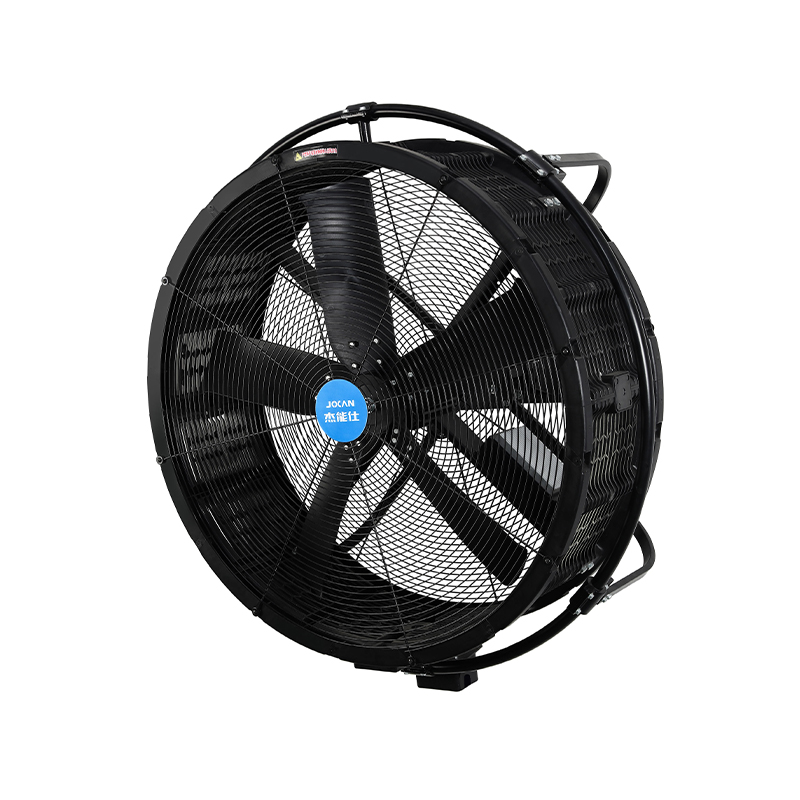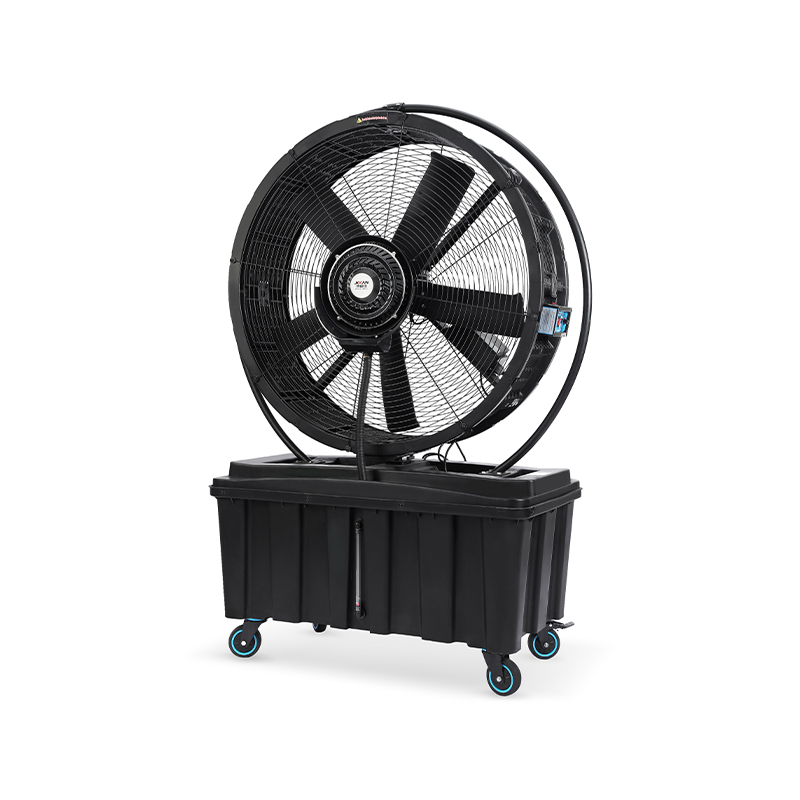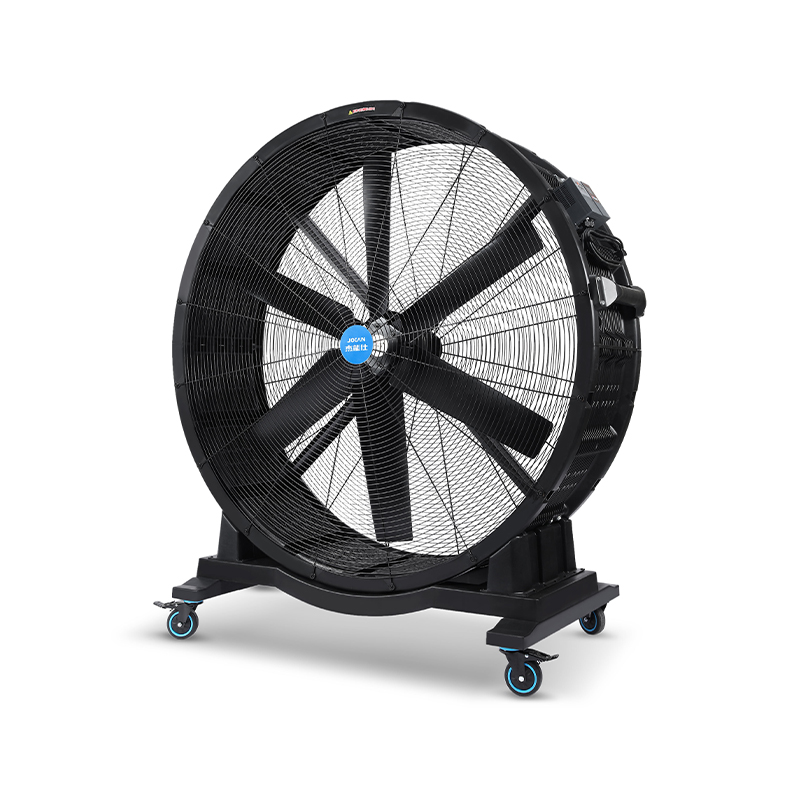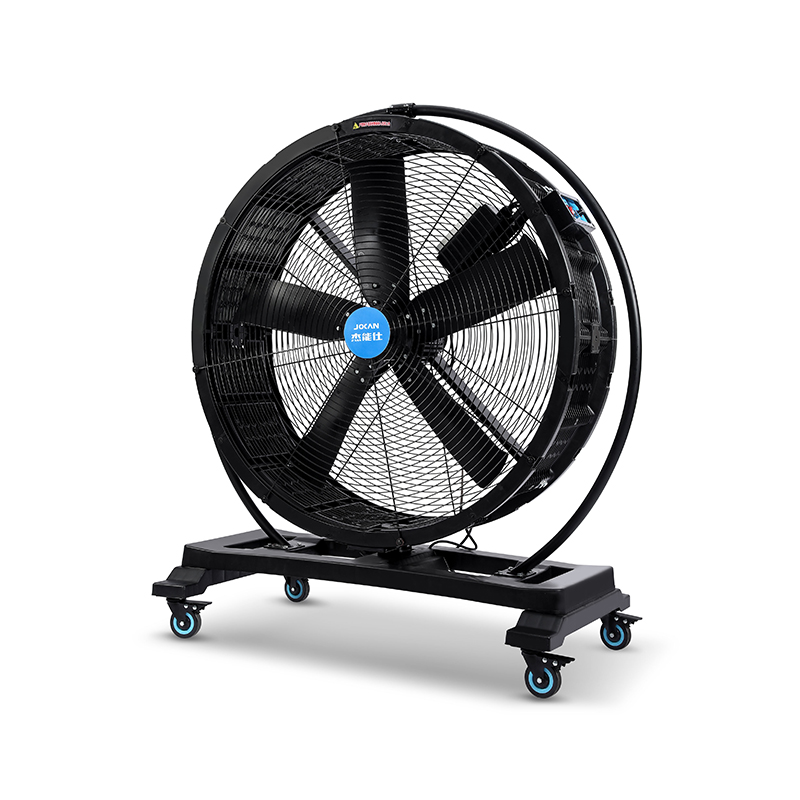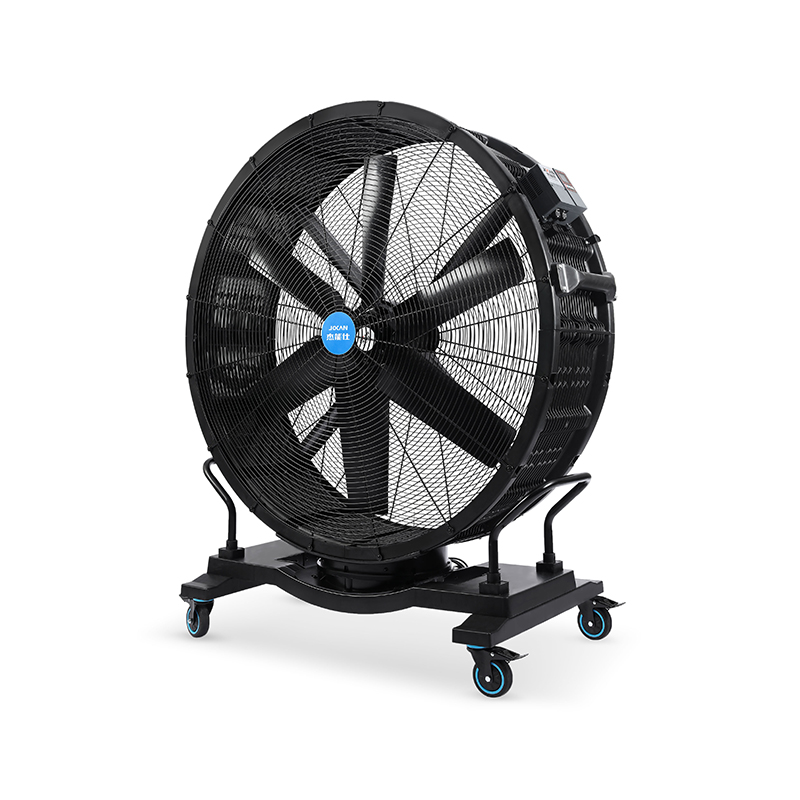Traditional setups often rely on power-heavy equipment that drives up energy costs without offering the flexibility or efficiency needed for today's evolving industrial spaces. As sustainability becomes a growing priority, energy-efficient solutions are becoming more common across factories, warehouses, and production facilities.
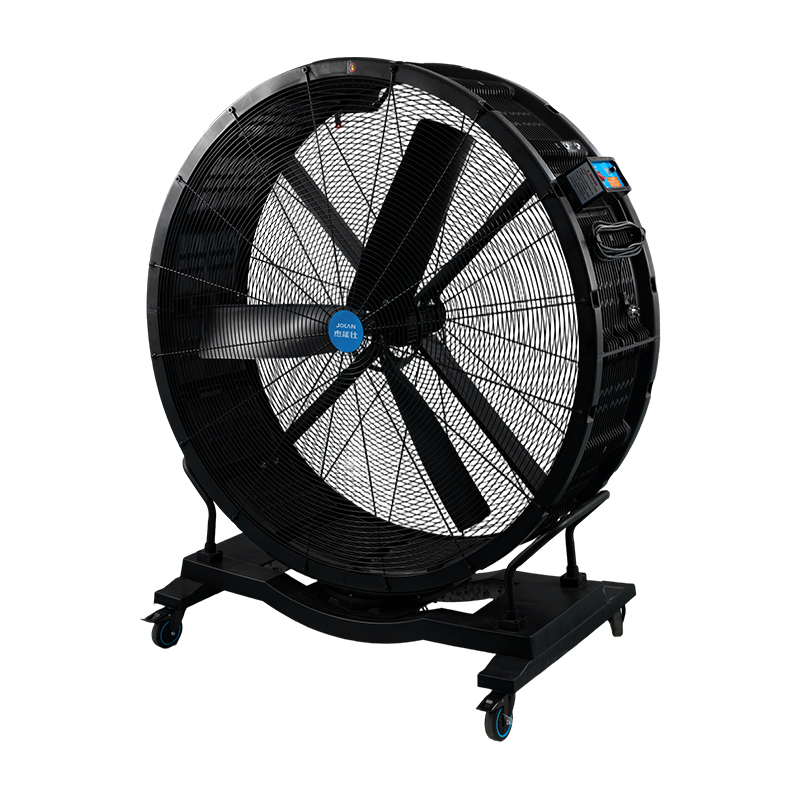
One of the lots of practical advancements in this field is the increasing use of mountable industrial fans. These fans can be installed on walls, ceilings, or structural beams, making them ideal for facilities that require airflow without sacrificing valuable floor space. By targeting specific zones within a workspace, mountable industrial fans allow for more strategic air movement, reducing the need to cool or ventilate an entire facility at once. This targeted approach can advance to noticeable energy savings over time.
Another innovation that's becoming more widespread is the high powered quiet fan. Industrial environments are known for being noisy, so introducing equipment that can move large volumes of air while keeping noise to a less is a welcome improvement. The high powered quiet fan supports worker comfort without adding to the auditory load of the environment. Its design allows it to operate efficiently at lower decibel levels, making it suitable for production areas, workshops, and even indoor testing rooms.
In large production spaces or warehouses, sometimes only a fan large size can handle the airflow demands effectively. These fans are engineered to move air over wide areas, helping to equalize temperature differences and maintain consistent air circulation. While they require more power than smaller models, many modern fan large size options incorporate energy-saving motors and smart controllers, which enable automated operation and reduce unnecessary energy use during low-demand periods.
Combining mountable industrial fans with fan large size systems can offer a balanced approach to ventilation. For example, while large ceiling-mounted units may handle general air movement, smaller wall-mounted fans can be added to ventilate heat-intensive areas or direct fresh air into enclosed corners. This layered setup creates a more responsive system that adapts to different parts of the facility as needed, all while maintaining a focus on energy conservation.
Some companies have adopted a mix of high powered quiet fan technology and mountable industrial fans to meet both noise reduction and air movement requirements. Whether it's to improve airflow near heavy machinery or to create comfortable zones for workers, these fans serve multiple functions while operating with greater efficiency than older models. In particular, the use of brushless DC motors in many new units helps to lessen energy loss during operation.
There's also an increasing push to use fan large size units in conjunction with sensors and smart automation. Temperature, humidity, and occupancy sensors can trigger fan speed adjustments in real-time, ensuring that ventilation is always in sync with the actual conditions in the space. This reduces overuse and prevents energy waste, making the system both smarter and more sustainable in the long run.
In the push for energy efficiency, it's not just about upgrading individual fans—it's also about designing a system where each unit works in harmony. When mountable industrial fans, high powered quiet fan units, and fan large size solutions are installed strategically, they create a more controlled and economical ventilation strategy. Facilities can achieve better results with less energy input by using airflow where and when it's needed, rather than relying on constant, full-capacity operation.
From automotive plants to food processing warehouses, the trend is clear: businesses are investing in smarter ventilation systems that do more with less. By focusing on airflow optimization, modern fan technology, and strategic deployment, facilities can meet their operational needs while aligning with broader energy efficiency goals. Whether it's through the quiet precision of a high powered quiet fan or the wide coverage of a fan large size, the shift toward efficient airflow management is reshaping how industrial spaces stay comfortable, productive, and sustainable.
 Add: Plot 23, Huanglang Industrial Zone, Jinqing Town, Luqiao District, Taizhou City, Zhejiang Province
Add: Plot 23, Huanglang Industrial Zone, Jinqing Town, Luqiao District, Taizhou City, Zhejiang Province
 TEL: +86-13586083215
TEL: +86-13586083215

 English
English English
English عربى
عربى 한국어
한국어


